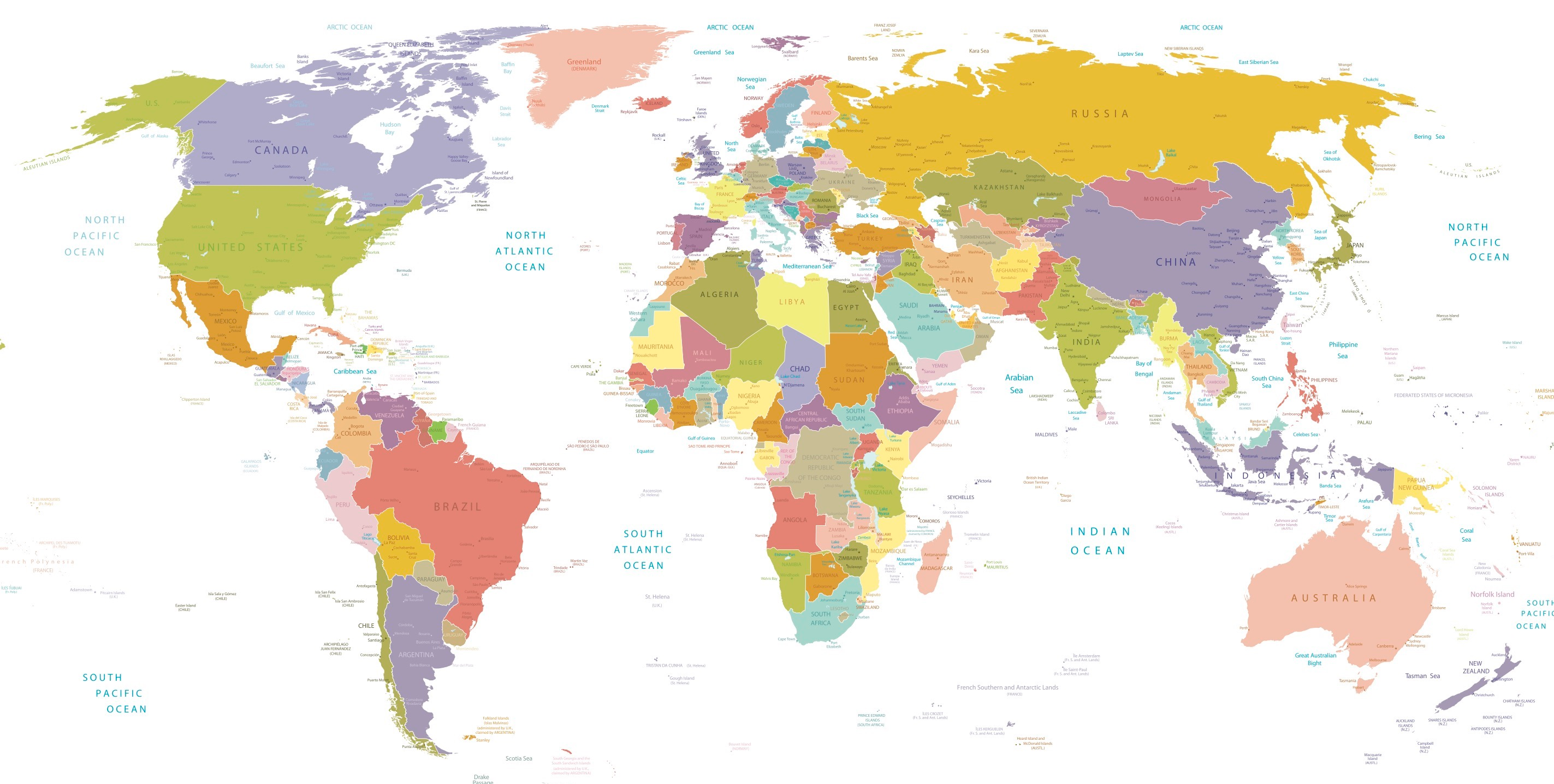The October Visa Bulletin declares a limit of 261,500 employment-based visas for FY 2021 — an all-time high. As EB-5 is allocated 7.1% of the these visas, the program will have a quota of 18,567, almost double the 9,940 of FY 2020. EB-5 expert Suzanne Lazicki says that if consular and USCIS processing gets “back to doing their job,” this will reduce Indian and Vietnamese wait times by almost a year. Chinese wait times could be reduced by several years.These are unprecedented times indeed. While COVID-19 has impacted EB-5 processing thus far, this is potentially great news for EB-5 investors going forward. The approximately 261,500 visa limit allocated for employment-based visas gives the EB-5 program a much higher number of available visas in this new fiscal year.
Why EB-5 is getting more visas in FY 2021
Why EB-5 is getting more visas in FY 2021
EB-5 country caps rise to about 1,300
Suzanne Lazicki has looked at the possible ramifications of this scenario for EB-5 investors. Each country has a cap of 7% of the the total number available; thus, this year the country cap would be about 1,300 (18,567 * .07).Those investors from the most backlogged country, China, will, in theory, receive the the extra unused visas from the 18,567 (minus the 2,600 India and Vietnam will use). So this year, besides the 2,600 India and Vietnam will use, the unused visas from other countries will go to Chinese petitioners at the back of the line.Most years, the unused visas from around the world total under 4,000; one would expect that that number should rise significantly as most countries don’t approach the roughly 700 they are allowed to use most years, let alone the 1,300 limit country cap this year.
The factors at play for FY 20221: operational efficiency will be the key
Lazicki tells us what happens because of the extra EB-5 visa availability this year, which is dependent on a couple significant factors:
- Consular processing Approved EB-5 applicants living abroad need consular processing to get their Green Cards. Lazicki says that the efficiency of consular operations will hinge on both COVID-19 and political factors.
- Adjustment of Status processing For those EB-5 applicants with I-526 approval who are living in the U.S. they must have USCIS process their I-485 application to adjust their status. The agency’s efficiency will be the deciding factor.
Best-case scenario: Consulates and USCIS ‘do their job’; Indian, Vietnamese ||abc|| Chinese wait times are greatly reduced
Lazicki says that if processing resumes prior efficiency levels at both the consulate and USCIS levels, the extra 18,567 EB-5 visas get used. Indian and Vietnamese wait times would be reduced by almost a year; Chinese wait times by several years.
Scenario 2: Slow consular processing, efficient USCIS processing
In this situation, Indian, Vietnamese and Chinese EB-5 investors living in the U.S. and who are eligible to file an I-485 to adjust status might get their visas this year. However, petitioners from those countries living in their homeland would have increased wait times due to the visas given out-of-order in the U.S.
Scenario 3: Slow consular and USCIS processing
In this worst-case scenario, many of the extra visas available for EB-5 may not get used by anyone — and would go to EB-1. In such a situation, EB-5 wait times would increase for all.So, what should we expect in FY 2021? In addition to number crunching, Lazicki engages in the far less scientific method of trying to “read between the lines.” Quoting parts of the October Visa Bulletin, she infers that the Department of State “anticipates a good year of EB-5 visa availability for adjustment of status.”The potential for a very good EB-5 year awaits us. Investor fingers are crossed and immigration lawyers are at the ready…See Lazicki’s blog “EB-5 Visa Availability in FY2021”




